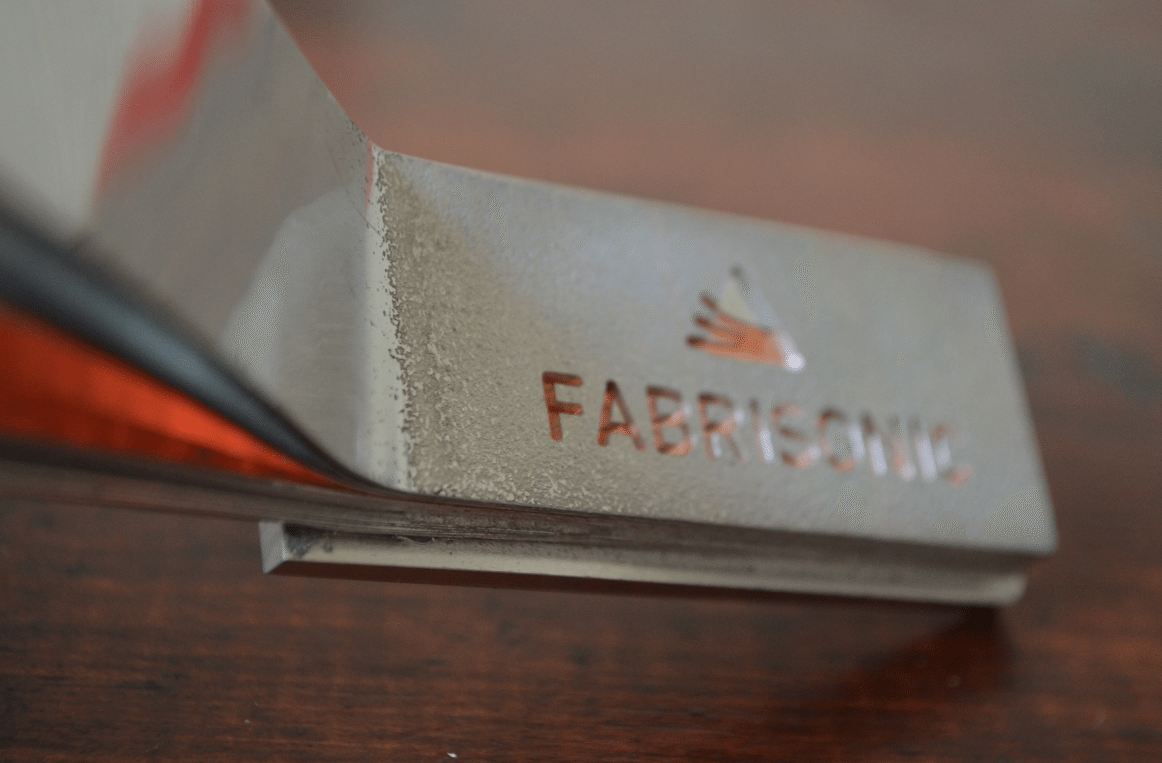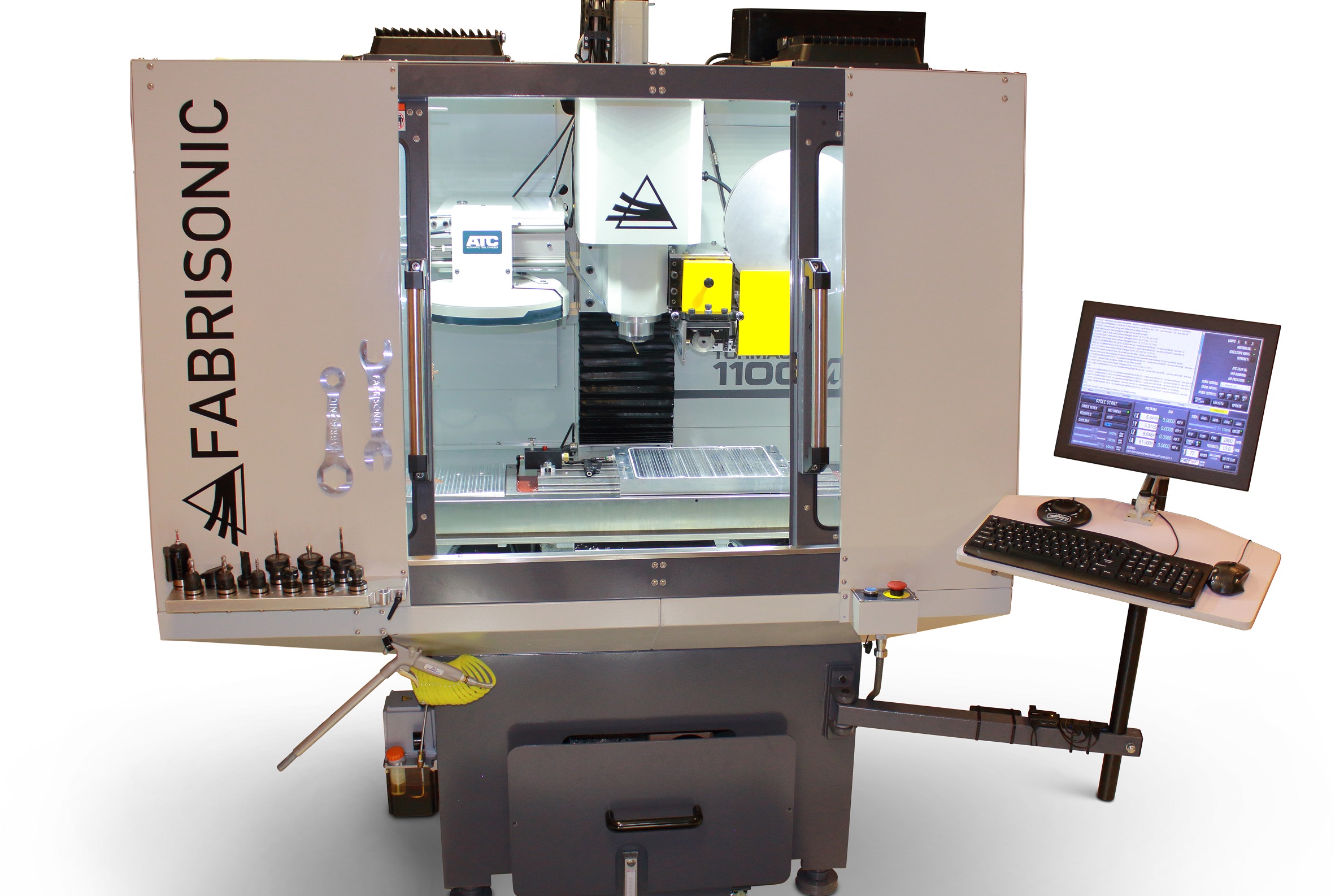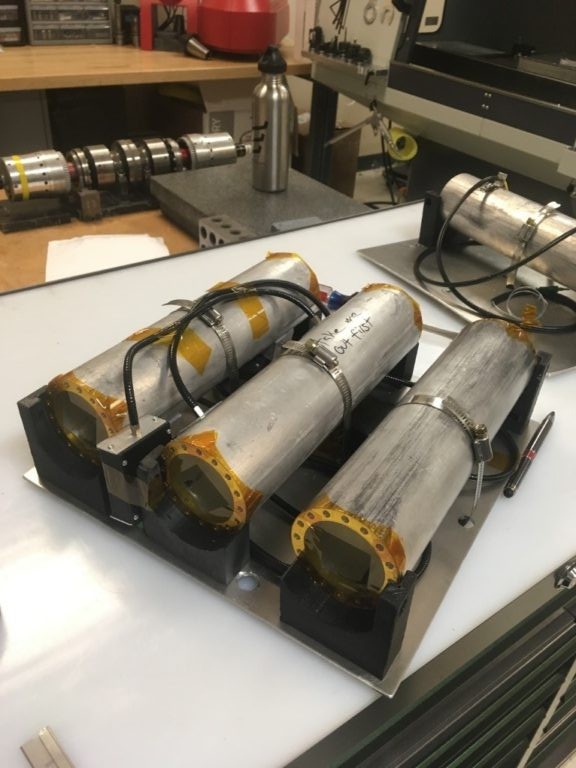Ohio-based solid-state metal 3D printing specialist Fabrisonic, and optical sensor specialist Luna Innovations, have collaborated a3 D printed sensor project for NASA.
The team was contracted to help gather data in cryogenic fuel pipes for rocket test stands at NASA Stennis Space Center. Leveraging the capabilities of its patented Ultrasonic Additive Manufacturing technology (UAM) technology, Fabrisonic was able to 3D print sensors directly into the wall of an existing NASA pipe. This has helped to increase the fidelity of the data gathered from within the fuel piping.

Ultrasonic Additive Manufacturing technology
UAM technology is a metal 3D printing process that constructs objects through ultrasonically welding a succession of metal tapes into a 3D shape. As the metal object is built up, a CNC machine is used to finish its internal and external surfaces, creating a detailed shape. This hybrid additive-subtractive manufacturing process was patented by Fabrisonic in 2017, and is marketed in the SonicLayer line of 3D printers. At RAPID + TCT in May 2019, Fabrisonic debuted its latest UAM system, the SonicLayer 1200. UAM technology has been used in a number of applications as well. Most notably it was leveraged to create heat exchanger devices that passed NASA’s quality control tests for use on the outside of Mars rovers.
Fabrisonic has worked with both NASA and Luna Innovations on a number of occasions. Headquartered in Virginia, Luna Innovations is primarily focused on developing products that can be used to measure, monitor, protect and improve processes to enhance the safety, security, and connectivity of people. Its product offering therefore ranges fiber-optic and ultrasonic sensors to nanomedicines and advanced materials.
The company previously partnered with Fabrisonic to to manufacture smart structures made of metals for the defense and medical industries. Recently, in October 2019, the two companies also partnered to build a Smart Baseplate for Laser Powder Bed Fusion (LPBF) additive manufacturing processes.

3D printing sensors into rocket fuel plumbing
NASA wanted to collect data from its cryogenic fuel pipes to better understand how its engines were behaving. It was therefore necessary to gather data on pressure and temperature gradients inside of their fuel piping closer to the test article. NASA usually mounts sensors on the outside of its piping using elbows and ports, and although this communicates some amount of data, it is often limited. The agency has also experimented by placing sensors directly into the flow path using pass-throughs in the existing pipe, but this can disrupt the fuel stream and create uncertainty within the measurements.
Fabrisonic and Luna Innovations were able to overcome NASA’s dilemma by integrating sensors within the pipe’s walls using UAM technology. As it is a solid-state manufacturing process, it is possible to embed wires, fibers, and sensors into a metallic substrate during UAM 3D printing. This can provide various advantages, for example, it allows sensors to operate in more aggressive environments, or closer to where the relevant data is needed.
As such, Fabrison embedded a suite of fiber-optic sensors provided by Luna Innovations in one place within the walls of the pipe, therefore providing a much clearer picture of thermal and pressure gradients in the piping since no ports are required. Fiber-based sensors were chosen due to their smaller size and ability to collect data over the entire length of the fiber.

Only a portion of the pipe was 3D printed in order to cut down on costs. Using an existing pipe, the team milled a flat section into its outer diameter to create a landing strip for embedding the fiber-optics, with a small groove cut for each fiber. After inserting the fibers, Fabrisonic printed additional material over the landing strip, which was then machined to remove excess material.
The pipe was tested at various pressures and temperatures to calibrate the sensor, including boiling the pipe in water and filling it with liquid nitrogen. Throughout the tests, the pipe continued to provide reliable data. Moving on, Fabrisonic is now working on 3D printing a larger pipe section for use at NASA Stennis Space Center.
Subscribe to the 3D Printing Industry newsletter for the latest news in additive manufacturing. You can also stay connected by following us on Twitter and liking us on Facebook.
Looking for a career in additive manufacturing? Visit 3D Printing Jobs for a selection of roles in the industry.
Featured image shows the “SensePipe” from Fabrisonic. Photo via Fabrisonic.


